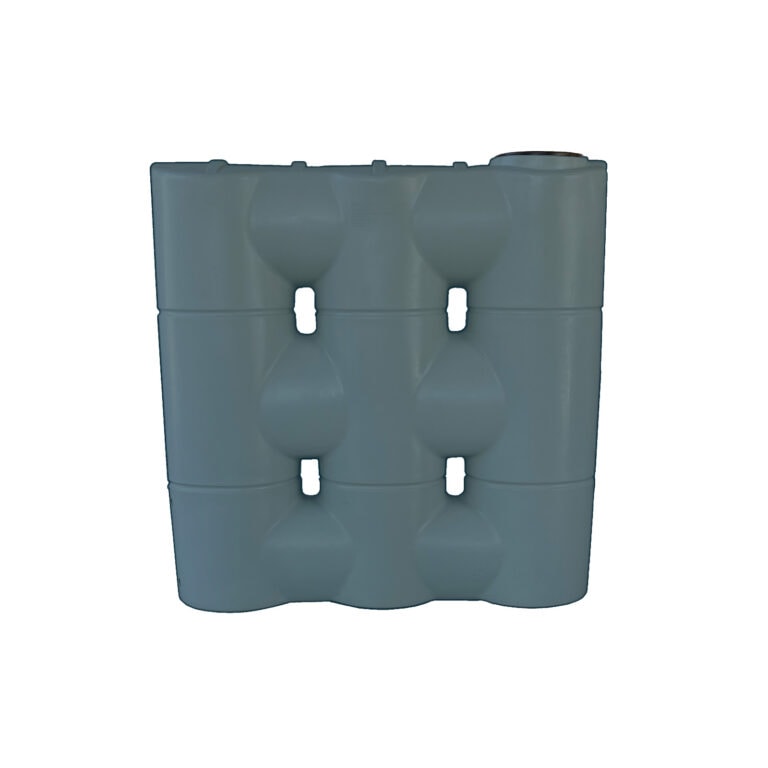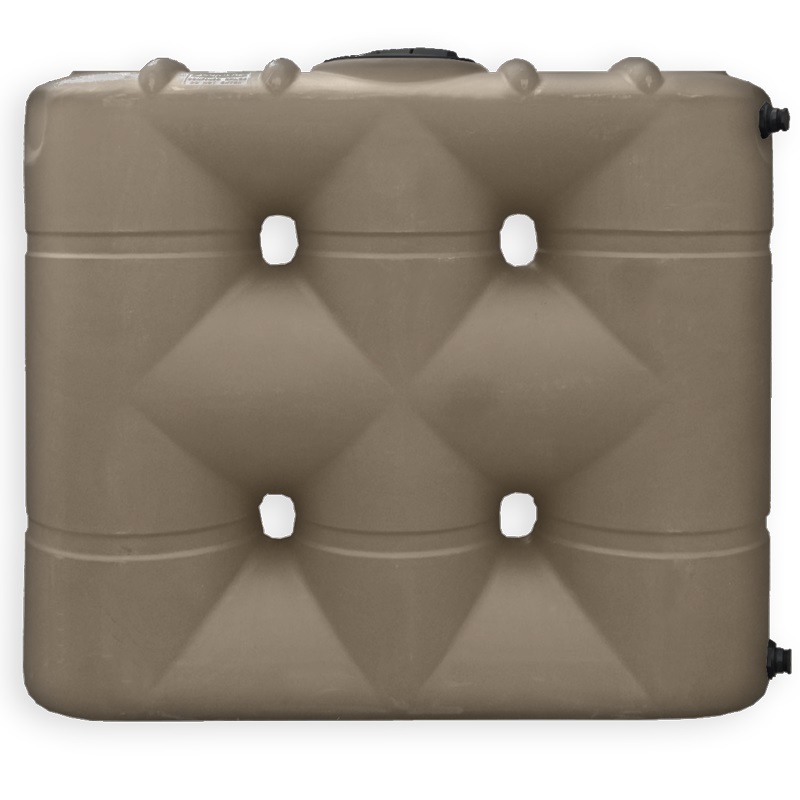Top Notch Slimline Water Tanks: Efficient and Space-Efficient Solutions
Exploring the Different Usages of Rainwater Containers for Residential and Commercial Residences
As the global concentrate on lasting living techniques remains to intensify, the use of rain tanks in both property and business settings has arised as an important solution. These storage tanks use a storage tank for rainwater harvesting, providing a myriad of prospective applications that expand much beyond simple storage space. From irrigation to toilet flushing and landscaping, the adaptability of rain containers is vast. Furthermore, their combination right into business buildings opens up a realm of possibilities for environmentally mindful services. The diverse uses of rainwater storage tanks provide a compelling case for their adoption, not only as a practical water-saving measure however likewise as a testament to responsible resource monitoring.
Advantages of Utilizing Rain Storage Tanks
Utilizing rain storage tanks offers countless advantages for both houses and neighborhoods in terms of water preservation and sustainability. One of the vital benefits of using rain containers is the considerable decrease in reliance on keys water system - Slimline water tanks. By capturing and saving rainwater for later usage, individuals and areas can reduce their need for treated water, inevitably relieving the burden on water therapy centers and decreasing power consumption connected with water transport and therapy
Moreover, rain collecting with containers supplies a reputable alternate water resource throughout times of water limitations or scarcities. This stored rainwater can be made use of for numerous non-potable functions such as watering, purging toilets, and washing garments, decreasing the pressure on traditional water sources. Additionally, making use of rain tanks can cause set you back savings for both homes and areas by reducing water bills and decreasing the requirement for pricey framework expansions to fulfill growing water demands.
Basically, the application of rainwater tanks provides a sustainable and eco pleasant approach to water management, profiting both specific customers and the more comprehensive community in terms of water conservation, cost-efficiency, and resilience.
Rainwater Tank Use in Watering
Provided the benefits of rainwater storage tanks in saving water resources and minimizing dependence on mains water, a significant application depends on utilizing stored rainwater for watering objectives - Slimline water tanks. Rain collecting systems can effectively gather and store rainwater, providing a sustainable water resource for sprinkling yards, yards, and agricultural fields. By utilizing rainwater for watering, homeowner can minimize their reliance on treated water resources, leading to set you back financial savings and ecological benefits

Among the key advantages of utilizing rain for irrigation is its pureness. Rain is naturally soft and without the chemicals and ingredients typically located in mains water, making it ideal for nourishing plants without the danger of harmful impacts. In addition, rain goes to ambient temperature, which can benefit plant growth by preventing temperature level shocks that can accompany cold mains water.
Rain Containers for Commode Flushing

Implementing rain storage tanks for toilet flushing is a cost-effective and eco-friendly technique that can be quickly integrated right into both residential and business homes. The stored rain can be used to purge bathrooms by linking the tank to the existing plumbing system. This simple yet efficient remedy can substantially decrease water usage in a structure, especially in locations where water scarcity is a worry.

Integrating Rainwater Tanks in Landscaping
These containers can catch and save rainwater drainage from roofings, which can after that be utilized for sprinkling gardens, grass, and plants. By using rain for irrigation functions, building proprietors can reduce their reliance on local water resources, leading to set you back savings and preservation of precious water sources.
In addition to offering a lasting water source for landscaping demands, rain tanks can likewise help in taking care of stormwater overflow. By capturing rainwater that would certainly or else flow into tornado drains pipes, these containers can reduce disintegration, Web Site reduce flooding risks, and stop air pollution of natural water bodies. Including rain tanks in landscaping can contribute to the general visual allure of the residential or commercial property, showcasing a commitment to environmental stewardship.
Industrial Applications of Rainwater Storage Tanks
Using rain containers in business setups uses a lasting option for water monitoring and preservation, profiting services and the setting alike. Business applications of rain anonymous storage tanks are diverse and progressively prominent because of the expense savings and environmental advantages they provide. One key business use is for irrigation objectives, where collected rain can be utilized to water landscaping, gardens, and farming areas surrounding industrial buildings. This can bring about substantial decreases in water expenses and reliance on metropolitan water sources.
Furthermore, rain storage tanks can be integrated right into the fire suppression systems of business buildings. By having a dedicated water resource for firefighting purposes, organizations can improve their fire safety and security procedures and potentially reduce insurance policy premiums. In addition, rainwater gathered in containers can be treated and made use of for non-potable purposes within industrial residential or commercial properties, such as flushing commodes, cleaning, and cooling systems. This not only saves fresh water resources yet additionally decreases operating expense for businesses. On the whole, the incorporation of rain containers in business settings provides a practical and eco accountable method to water monitoring.
Conclusion
Finally, rainwater storage tanks use countless advantages for both household and commercial homes. From watering to bathroom flushing and landscape design, using rain storage tanks can assist save water resources and decrease water expenses. Furthermore, integrating rainwater storage tanks in commercial settings can lead to significant price financial savings and ecological advantages. Generally, the adaptability and sustainability of rain storage tanks make them a useful investment sites for any building owner seeking to boost water effectiveness.